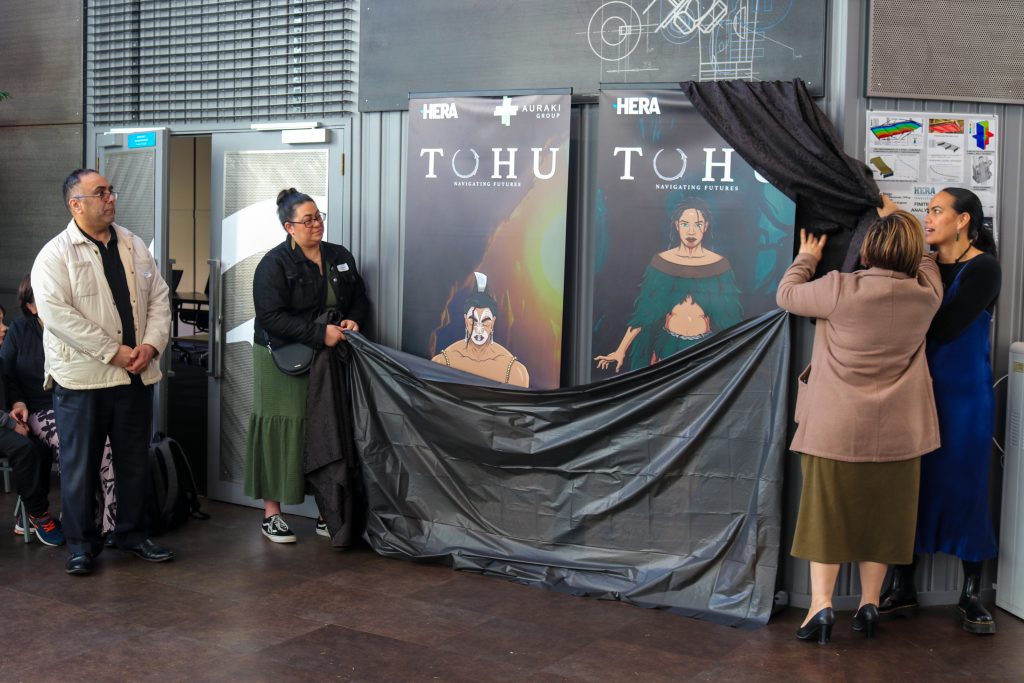Our engineering, construction and manufacturing sectors are struggling to find talent. We need to be far more inclusive so we can unlock the potential of a diverse future workforce and all the benefits they bring to our mahi (work).
I have for some time spoken about this based on my own experience, being female. I have fast realised that wāhine Maori are even more under-represented and indeed Māori generally. The reasons as to why women and Māori (and Pacific for that matter) are not attracted to these sectors are varied and complex. However, one key issue is that high school children (and even down to intermediate and primary) are not engaging with STEMM (Science, Technology, Engineering, Mathematics and Mātauranga Māori). They are not aware of the plethora of disciplines in STEMM or the future careers that are available to them. They don’t know how exciting, engaging and rewarding careers in these disciplines can be and how they contribute in so many different ways to inter-generational wellbeing. Importantly, they don’t know what will match with their own individual wants and needs from a future career.
For Māori, this requires a matching process where rangatahi (youth) can identify careers that map to their values in a kaupapa Māori way. If there is one thing we have learnt at HERA over our years holding space for Matauranga Māori, it is that Māori need to be engaged in a Māori way.
Prevailing career matching tools do not consider cultural differences and they don’t consider a person’s values either. They often simply match a person to a career based on their perceived academic aptitude. This fails so many of our rangatahi and leaves many behind. It also, likely, pushes rangatahi towards careers that they may not actually find personally fulfilling. Further, the prevailing methods are clearly not working as we have such low STEMM participation rates. We are not selling careers in our sectors in a way that appeals to many, including Māori!
The Tohu App – a way forward
I saw a need, a gap and an opportunity to better link rangatahi with our sectors – to prepare both for the future of work. What I didn’t know, was how to do it.
Enter Naomi Manu MNZM. Naomi, now Founder of Auraki Group, was at the time, the Founder of Pūhoro STEMM Academy, whom HERA has had a strong relationship with over several years. Naomi had also seen this need, gap, and opportunity. We agreed that we would create a solution together.
The result is the Tohu App. Tohu is a web-based kaupapa Māori app, developed by Auraki group and partners, and supported by HERA, that guides rangatahi through a series of patai (questions) to help them to identify their values, match them to an associated atua who are then linked to STEMM career options which then lead users to study pathways to these career options.
Future developments of the Tohu app will broaden it out to encompass more atua, as well as further kaupapa Māori guidance and links to te ao Māori (Māori worldviews).
We believe the Tohu app will revolutionise career planning for rangatahi in Aotearoa New Zealand and may even change the way that career mapping is done globally. Naomi saying: “Being culturally anchored provides a sense of identity and belonging, which is crucial for career success in a globalised world…integrating these values into career planning supports not only individual success but also the sustainability of Māori culture and principles in the modern workforce.”
The Tohu App aligns with our commitment to Vision Mātauranga through our Endeavour funded project “Construction 4.0: an industry 4.0 transformation of the Aotearoa New Zealand construction sector,” known as “Ngākopa Construction 4.0” for short.
What is the future of our workforce?
As the heavy engineering, construction, and manufacturing sectors grapple with talent shortages, it’s clear that inclusivity is no longer just a goal—it’s a necessity. To bridge this gap and ensure a robust future workforce, we must broaden our horizons and actively include diverse backgrounds, particularly those of Māori and Pacific peoples who will account for 20% of our future workforce.
The impending release of Minister Simmonds’ cabinet paper on vocational education offers a timely opportunity to reflect more strongly on how rangatahi not only identify potential career pathways into our sectors through the Tohu App, but also how they navigate through the learning and upskilling requirements needed so they can contribute more meaningfully to our sectors. The identification of drop off in traditional educational pathways identified when developing the Tohu App raises the importance of creating a range of career pathways both in academia and industry training to better engage Māori and Pacific youth. This approach will not only address current talent shortages but also pave the way for a more diverse and innovative future workforce.
I personally am looking forward to more Māori participation in engineering, construction and manufacturing. I am also looking forward to a world where people have greater career satisfaction because the career mapping tools consider, not just what rangatahi are good at, but what will make them fulfilled.
Find out more about the Tohu App here:


